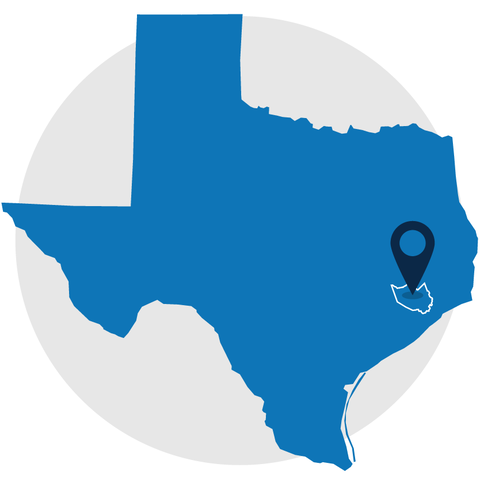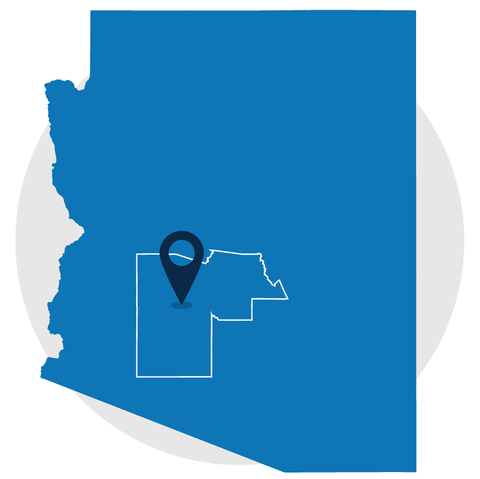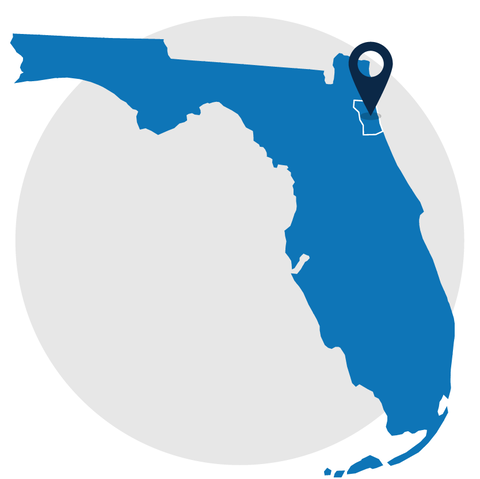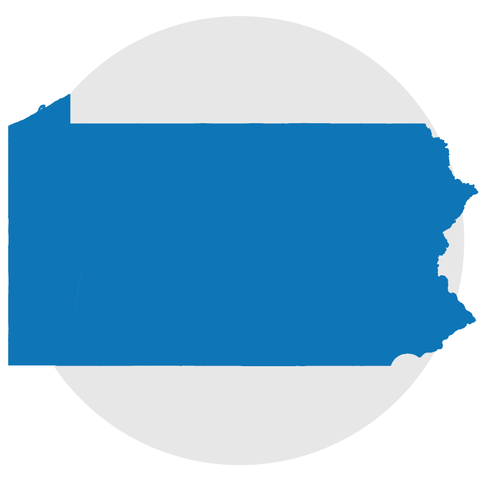Harris County, TX
The Single Family Reconstruction Program will provide funds for the reconstruction of up to 40 unsafe and uninhabitable owner-occupied single-family homes. The housing units are currently owned by low-to-moderate income households struggling with the upkeep of their homes.
Total SLFRF funding obligated by Harris County: $811.6M
Total program cost: $11M
Maricopa County, Arizona
Tempe City is investing almost $11 million on a high-density, mixed-income and mixed-use development with a minimum of 50 percent affordable housing. The project will help the community meet its affordable housing goals of the Hometown for All initiative. Hometown for All will ensure that Tempe can create the next generation of affordable housing in the city.
Total SLFRF funding obligated by Maricopa County: $717.9M
Total program cost: $11M
St. Johns County, FL
Ability Housing will construct a 92-unit apartment community called Village of New Augustine, located on approximately 6.5 acres. All units will be available to households earning up to 60 percent or less than the Area Median Income [AMI]. Plans include four three-story residential buildings with 20 one-bedroom apartments, 36 two-bedroom apartments and 36 three-bedroom apartments. The complex will include a community center with a computer lab, library, and space for workshops and training.
Total SLFRF funding obligated by St. Johns County: $28.1M
Total program cost: $25M
Ohio
A Habitat for Humanity workforce housing development grant program for new home construction includes rehabbing existing homes, units, and properties into affordable housing units to address the shortage of affordable housing across Ohio. The program will also save existing units that meet affordable housing needs. Once completed, homes will be sold to households that have an income below 80 percent of AMI.
Total SLFRF funding obligated by Ohio: $8.3B
Total program cost: $15M
Pennsylvania
The Pennsylvania Housing Finance Agency (PHFA) received funding to continue the development of affordable housing in the state, including, but not limited to, building new units, rehabbing existing properties, and preserving existing units. PHFA provides affordable homeownership and rental housing options for older adults, low- and moderate-income families, and people with special housing needs.
Total SLFRF funding obligated by Pennsylvania: $11.2B
Total program cost: $100M
Rhode Island
RIHousing, the subrecipient for the Affordable Housing Predevelopment project, will provide zero interest loans to developers to finance the pre-development costs Costs associated with activities such as architectural and engineering studies, filing and paying permit fees, making deposits for real estate purchases, and project developer fees. of 40 affordable housing projects. The projects will include deed restrictions specifying units must be provided to households at or below at 80 percent Average Median Income (AMI) for at least 30 years.
Total SLFRF funding obligated by Rhode Island: $1.3B
Total program cost: $27M
What is the State and Local Fiscal Recovery Fund?
The Coronavirus State and Local Fiscal Recovery Fund (SLFRF) from the American Rescue Plan Act and managed by the U.S. Department of the Treasury provides $350 billion in direct payments to state, local, territory, and Tribal governments for pandemic response efforts. Recipients last reported that for the period March 3, 2021, through April 2024 they had obligated $264.1 billion and spent $196.9 billion on 136,824 projects. Recipients have until September 30, 2025, to spend all their funding.







